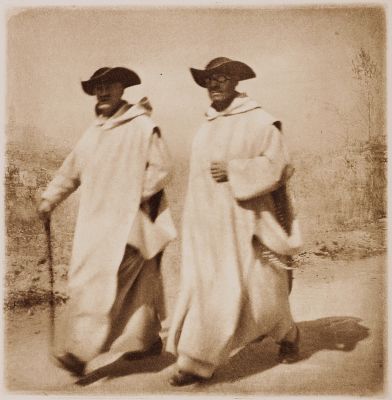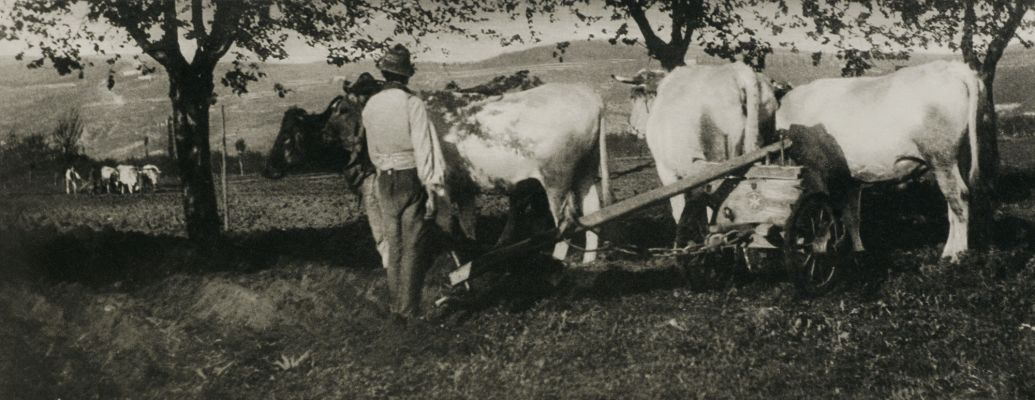
Title
A Study HeadArtist
Watson-Schutze, Eva (American, 1867-1935)Publication
Camera Notes Vol. 4 No. 3Date
1901Process
PhotogravureAtelier
Photochrome Engraving Company, New YorkImage Size
16.5 x 12 cm
Eva Watson-Schutze studied painting with Thomas Eakins at the Pennsylvania Academy of the Fine Arts, later developing her passion for photography. In 1897, she opened her Philadelphia portrait studio and wrote to photographer Frances Benjamin Johnston, There will be a new era, and women will fly into photography. In 1898 she exhibited in the first Philadelphia Photographic Salon. Her work was included in the 1900 London and Paris showings of "New School of American Photography" organized by F. Holland Day. She was elected to the Linked Ring and a founder of the Photo-Secession. She contributed both images and articles to Camera Work, while being an active participant in Stieglitz’s circle of followers and artists. In 1905 Stieglitz exhibited her work at 291.
Eventually, Watson-Schütze lived in Woodstock six months of the year, associated with Byrdcliffe, an American arts and crafts colony conceived under the precept set forth by John Ruskin and William Morris to develop a utopian community that would foster the education and collaboration of like-minded artists, producing handmade objects to finance the colony. In 1929 Watson-Schütze became the director of the Renaissance Society, a museum founded in 1915 at the University of Chicago. Despite the controversies surrounding modern art following the Armory Show of 1913, the society was quick to embrace modernism. Under Watson-Schütze’s direction, the society presented groundbreaking exhibitions of early modernists such as Picasso, Braque, Chagall, Arp, Miró, Kandinsky, Mondrian, Matisse, Brancusi, Noguchi, Calder, Léger, and Mies van der Rohe.



